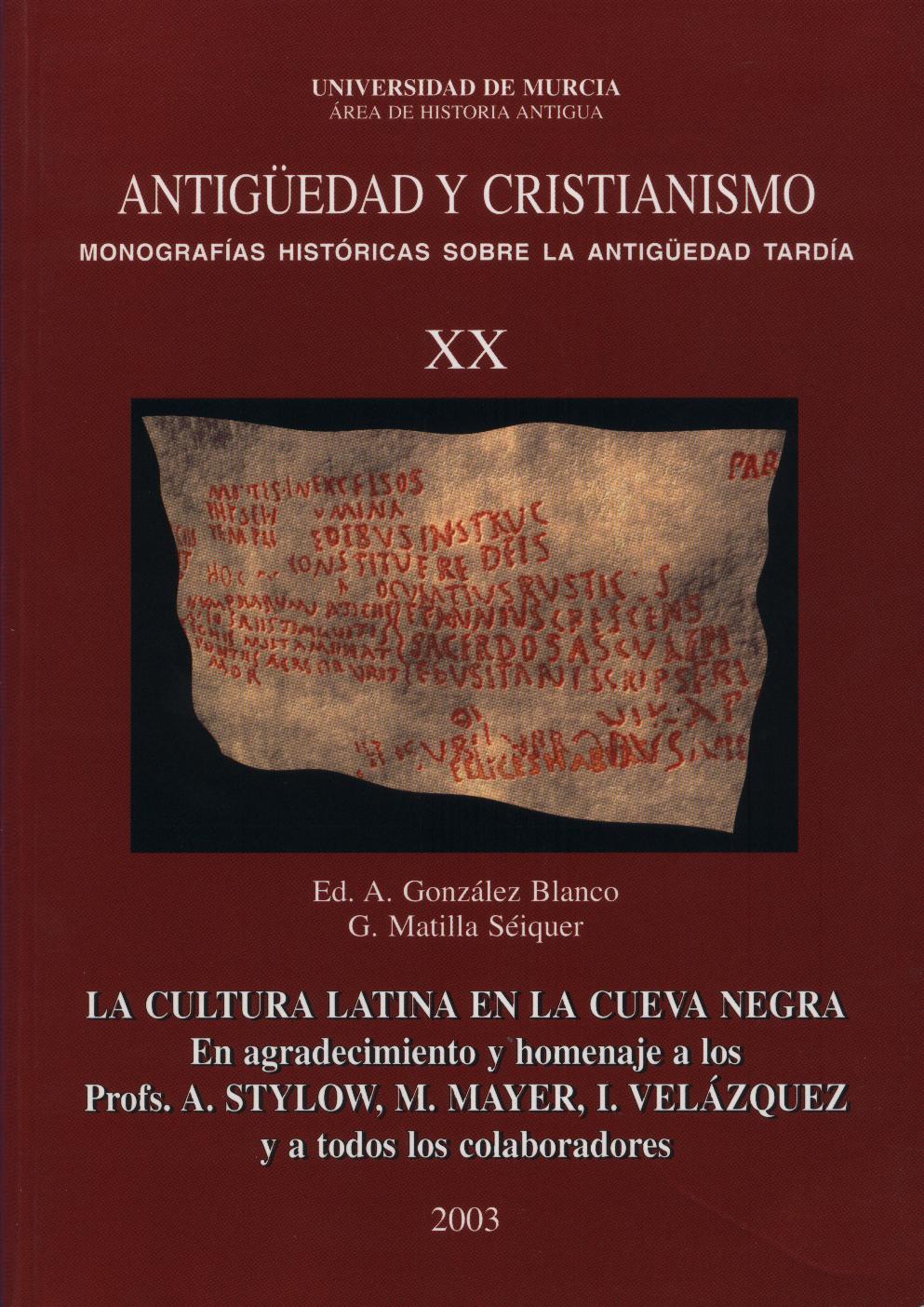Etnografía del campo de la Cueva Negra de Fortuna (Murcia): simbología del nacimiento, matrimonio, asociación, curación y muerte
Abstract
Los elementos recogidos en el campo, sobre la significación que la Cueva Negra, sus alrededores, su campo, sus piedras, su manantial y sus aguas, su antiguo tilo, sus excursiones al campo de la Cueva, sus costumbres y rituales, seguían teniendo en los habitantes de la zona, confirman y dan cuerpo a los huesos descarnados que en algunas expresiones afl oraban en los restos epigráficos. Por esto los traigo a colación, para ofrecer el contexto cultural que rodea de significados profundos a las funciones no sólo religiosas, sino también socioeconómicas, de organización territorial y con enraizada simbología cultural propia, que en la vida de estos pueblos ha tenido hasta nuestros días la «Cueva Negra». Un caso típico de etnohistoria, de cómo la etnografía puede ayudar a esclarecer el trabajo del historiador, y viceversa, el valor y función hermenéutica de la historia para el antropólogo.(…)
Downloads
-
Abstract348
-
PDF (Español (España))183
1. The authors non-exclusively assign the exploitation rights (reproduction, distribution, communication and transformation) to the magazine.
2. The works published in this magazine are subject to the Attribution-ShareAlike 4.0 International license (CC By SA 4.0). Therefore, they can be copied, used, disseminated, transmitted and publicly displayed, provided that:
i) the authorship and the original source of its publication (journal, editorial and URL of the work) are cited, thus allowing its recognition.
ii) it is allowed to remix, transform or create from the material while maintaining the same license as the original.
Note: Articles prior to 2022 incorrectly display the CC by SA license in the abstract page. They are under a CC by NC ND license as embedded in the article pdfs. Articles published in 2022 and after are under the CC by SA license.

3. Self-archiving conditions. Authors are allowed and encouraged to electronically disseminate the pre-print (version before being evaluated) and/or post-print (version evaluated and accepted for publication) versions of their works before publication, as it favors their publication. Earlier circulation and diffusion and with it a possible increase in its citation and reach among the academic community. Color RoMEO: verde.
























